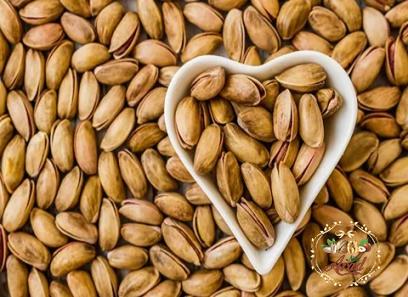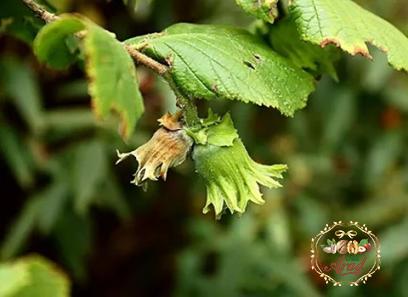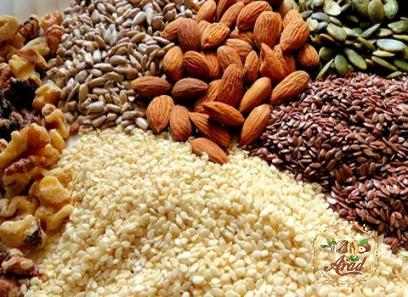Dry almond, with its rich flavor and abundant health benefits, has become a popular choice among health-conscious consumers. This delectable nut is not only a versatile ingredient in various culinary creations, but it also boasts numerous nutritional advantages. From its essential vitamins and minerals to its potential to aid in weight management and heart health, dry almond is a true superfood. In this article, we will delve into the world of dry almond, discussing its qualities, how to buy it, and explore its price range.
Discussing dry almond, it is important to understand its origins and characteristics. Dry almond is the fruit of the almond tree, scientifically known as Prunus dulcis. This nut is encased in a hard shell which must be removed before consuming. The almond itself is pale yellow in color and has a crunchy texture that adds a pleasant bite to any dish. It is commonly used in both sweet and savory recipes, adding a unique flavor and texture that enhances the overall culinary experience.
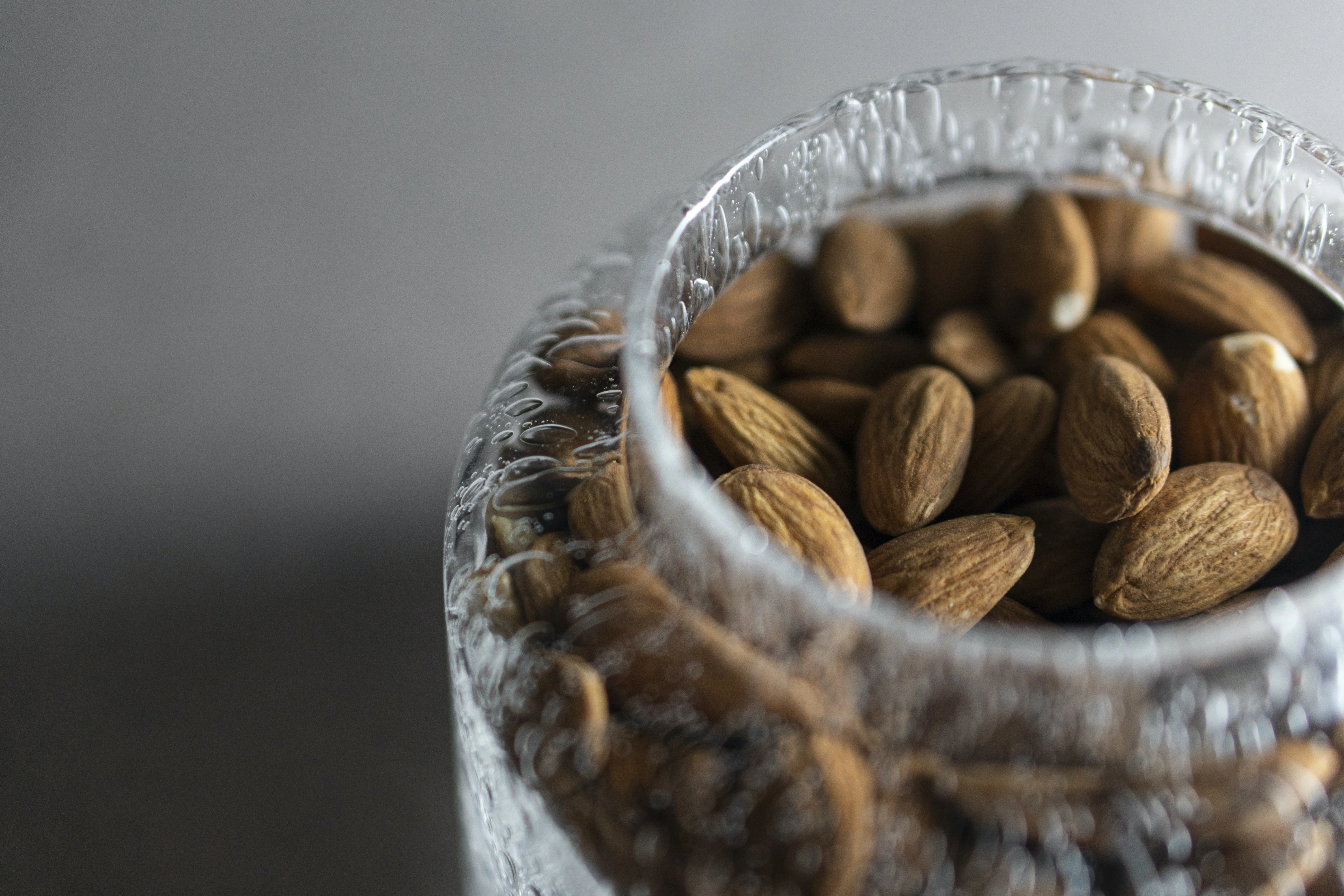
When it comes to buying dry almond, there are several factors to consider. Firstly, it is important to ensure that the almonds are fresh and of high quality. Look for packages with airtight seals to guarantee freshness and to avoid any potential contamination. Additionally, check the expiration date to ensure that you are purchasing almonds that are still within their prime.
Another consideration is whether to buy whole almonds or sliced almonds. Whole almonds provide flexibility in terms of their usage, as they can be used as is or chopped according to the recipe’s requirement. On the other hand, sliced almonds are convenient for recipes that require a garnish or a topping, providing a visually appealing element while adding a subtle nutty taste.
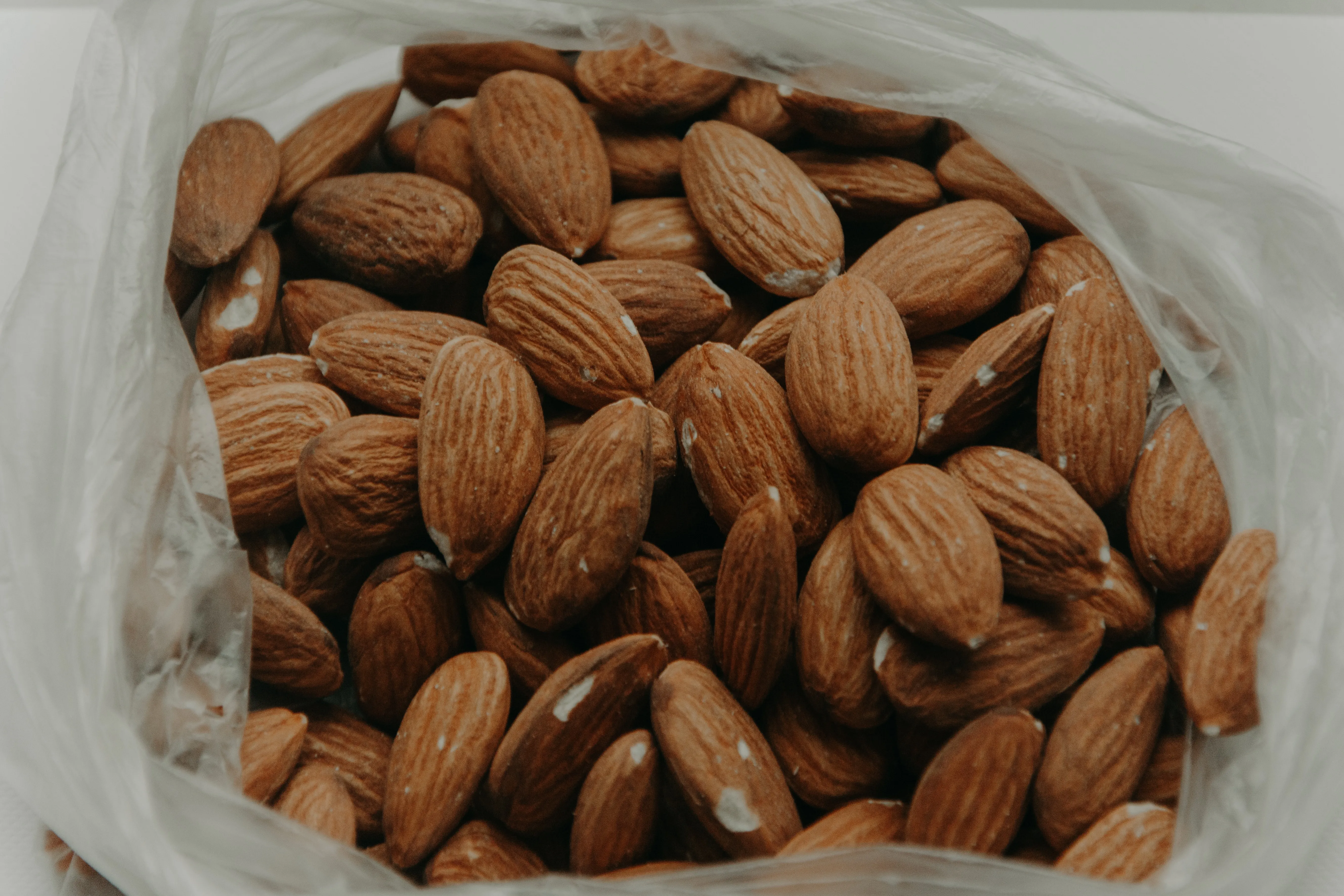
Furthermore, it is worth noting that organic dry almonds are gaining popularity among health-conscious consumers. Organic almonds are grown without the use of synthetic pesticides or fertilizers, making them a preferred choice for those who prioritize sustainability and minimizing exposure to chemicals.
Moving on to the price of dry almonds, it can vary depending on several factors. One of the primary determinants is the type of almond – whether it is conventional or organic. Organic almonds tend to be slightly more expensive due to the additional cost associated with organic farming practices. However, the higher price is often justified by the benefits they provide in terms of both health and environmental sustainability.

Another factor that affects the price of dry almonds is the brand and packaging. Well-known brands may have a higher price point compared to lesser-known or store-branded options. Additionally, the packaging size also plays a role in price determination. Buying in bulk can often be more cost-effective, as it allows for a lower price per ounce or pound.
Moreover, the price of dry almonds can fluctuate based on market conditions and availability. Factors such as crop yield, weather conditions, and global demand can all impact the cost of almonds. It is advisable to keep an eye on the market and take advantage of any seasonal sales or promotions to get the best value for money.

In conclusion, dry almond is a versatile and nutritious nut that offers a wide range of health benefits. When purchasing dry almonds, it is crucial to prioritize freshness, quality, and consider factors such as organic vs. conventional options and packaging size. While the price of dry almond may vary, it is important to weigh the nutritional benefits and culinary potential against the cost. So, whether you’re using dry almonds in your baking endeavors or simply enjoy them as a healthy snack, this nut is undoubtedly a valuable addition to any pantry.




